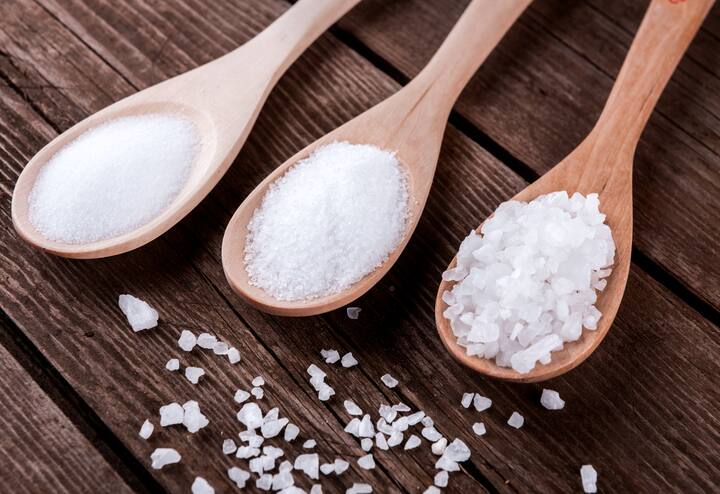
Whitepaper
Salt and sugar reduction
Download whitepaper
Salt and sugar reduction: 4 criteria for successful reduction
The reasons for reducing salt and sugar in our food are very diverse. So are the possibilities. These ingredients are added precisely to appeal to consumers' taste buds. After all, if something doesn't taste good, people won't buy it. Not even if it comes with a nice story. But how important is ‘taste’ in the food sector? And why is salt and sugar reduction here to stay?
Read this white paper to learn about:
- The initiatives taken in the sector in recent years
- Gaining more insight
- Achieving reduction through four criteria
- How consumers can get used to flavors with less salt or sugar
- How much influence less salt or sugar has on taste
The value of sensory research
The fact that consumers increasingly want to know where their food comes from and how it was produced is no longer a trend, but a continuing development. A glance at public opinion shows that salt and sugar (when added) score poorly in terms of health perception. However, products often score lower in taste tests when they are less sweet or salty because consumers have become accustomed to these flavors. Finding the right balance is a challenge on several fronts: microbiological, sensory, and functional.

These services might also be of interest to you

Product comparisons
Is one tomato variety sweeter than another? How does an A-brand compare to a private label product? Is my product better than that of my competitor? Does a small change in the specification have an observable effect on the quality? Consumers partly base their supermarket purchase on the quality of the product. As such, it is important that you know how the quality of one product compares to that of another.

Taste Test
Would you like to have your product tested for taste, because you are curious about the opportunities? We are happy to help you with good and expert taste research. This way you will know exactly how the consumer thinks about your product. In a taste survey, a group of respondents tastes a product. The group indicates what it thinks about this on the basis of various aspects of a questionnaire.
Do you want to create a safe and healthy working and living environment?
We test, inspect and certify, enabling organisations to innovate safely, quickly, efficiently and cost-effectively.
Get in touch